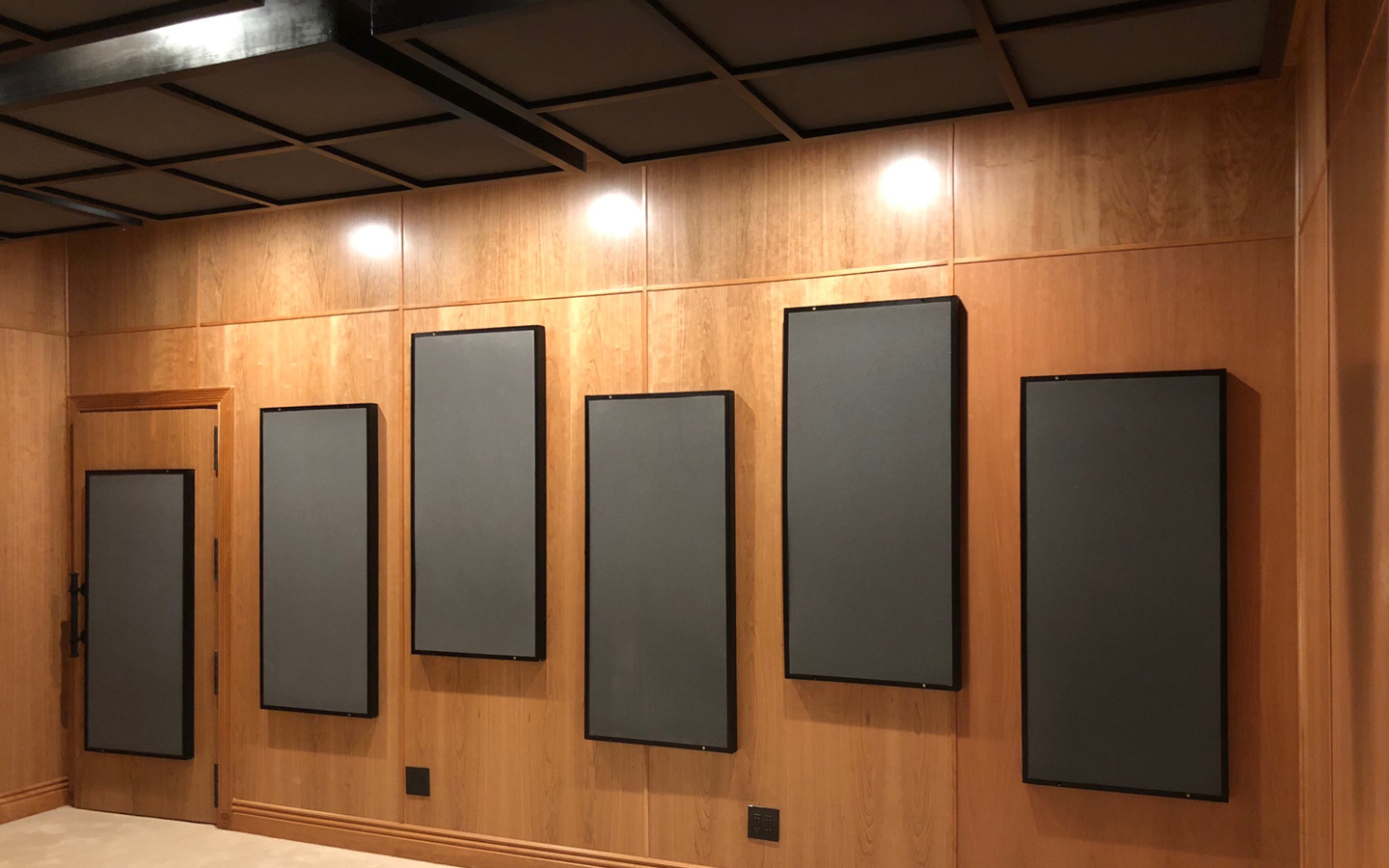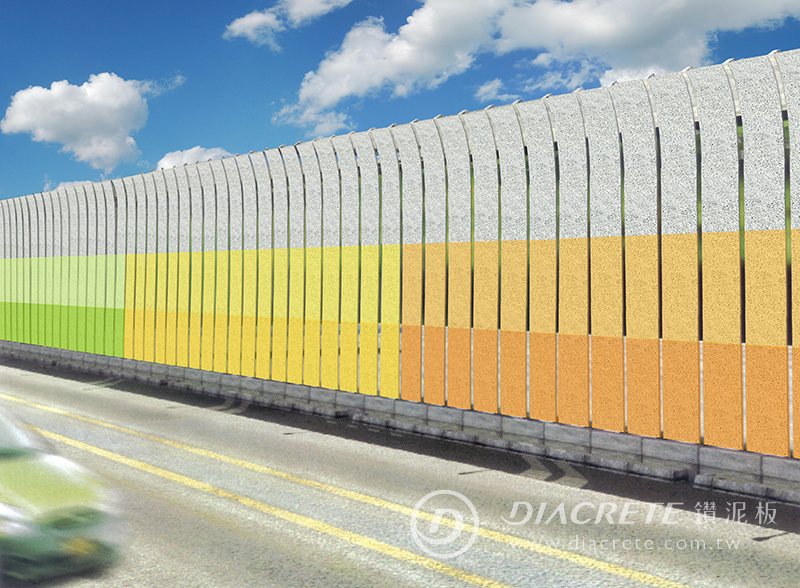
Table of Contents
Introduction to sound control panels
Sound control panels is a confusing term. What sound are you trying to control? Is it noise transmission from an outside source? Are you trying to manage the energy that stays within the room? The search term sound control panels must be quantified and qualified for meaning or no solution to a noise or treatment issue can be found.
There is no such thing as a sound control panel for noise. Noise is a permanent construction fix. Sound absorption panels are numerous and are used to absorb excess energy that stays within the room. There is no wall hanging panel that will stop noise. Noise is like water. It will find the weakest link and enter. Barrier technology to stop noise is normally a permanent construction fix for rooms.
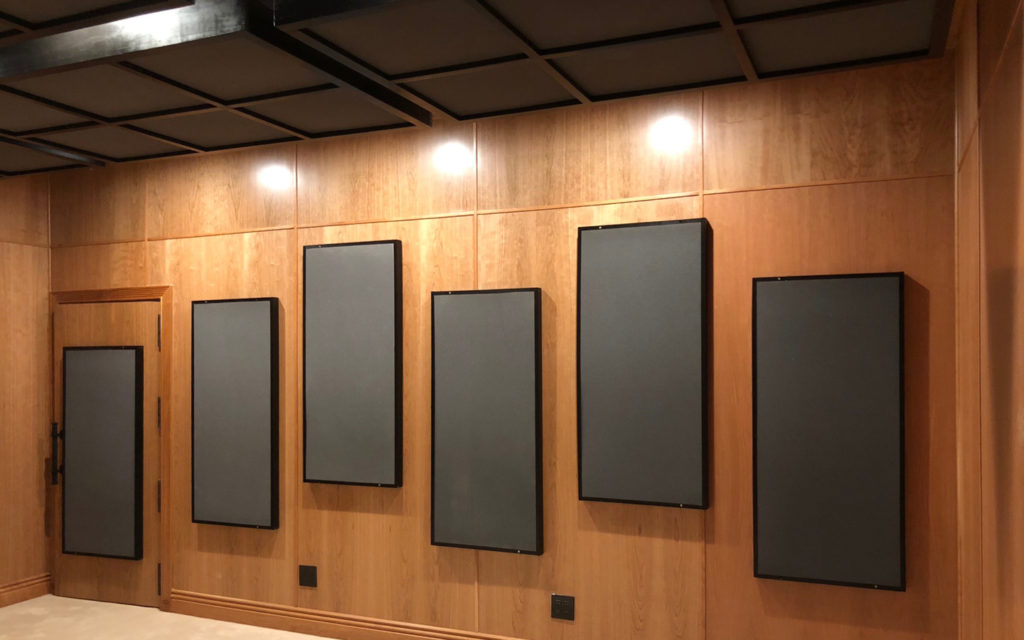
Sound Absorption Panels: Clearing the Confusion
Since there is no such thing as a sound control panel, let’s look at what there actually is. There are sound absorption panels which people may be searching for in the term sound control panels. A sound absorption panel is designed to reduce the strength or amplitude of the energy it is designed to absorb. There are low frequency sound absorbing panels along with middle and high frequency panels. If the term is meant to be sound control panels that absorb sound then possibly.
You must know the frequency range of the issues you are having and then assign the proper treatment type, amounts, and placement. There is no one sound control panel or sound absorption panel that can deal with all frequencies we find in music and voice. You must decide if your treatment objective is to stop noise or to use sound absorption technology. They are two completely different branches of physics.
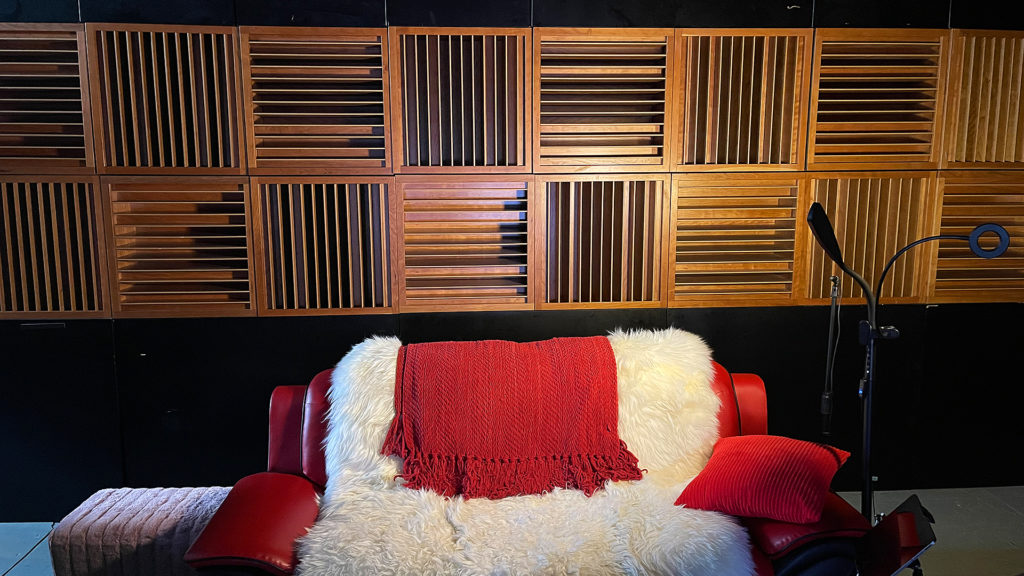
Vibrational Acoustics and Barrier Design
Noise transmission is vibrational acoustics. With a noise source, say, outside like a garbage truck, the muffler noise is transmitted through the air. It is a full frequency range noise with low, middle, and high frequencies being transmitted. When the full range noise travels through the air it then strikes the walls of your room. The airborne energy strikes the wall structure and turns into vibrational energy.
The vibration of the noise signature along with the diaphragmatic action of the wall allows for the noise to be transmitted through the walls. The wall must afford us the barrier to reduce the transmissions of this vibrational energy. The barrier wall must be designed in such a way as to minimize vibrations and their transmissions. The proper barrier design is based upon the frequency and amplitude of the noise source.
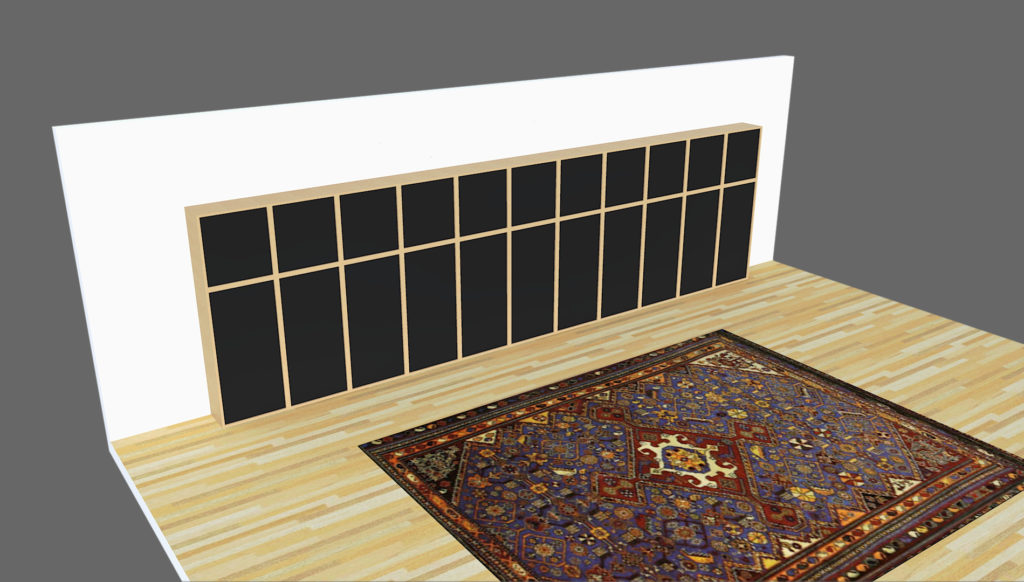
Measuring Frequency and Amplitude
All noise issues must be measured for frequency and amplitude. Frequency is where the noise lies in our hearing spectrum. The amplitude is how strong each frequency is at. Lower frequencies of noise with high amplitude or strength. We must measure the noise over a seven day time frame so we can see the lowest frequency of noise and how strong that lower frequency is when compared to the other noise frequencies.
At Acoustic Fields we have design services that can assist you with noise measurement. We take noise numbers twice a day. We take one measurement during the quietest and loudest part of each day. When we design any barrier, we design for the lowest frequency with the greatest amplitude. If we hit that number then all other frequencies above that lower frequency will be satisfied and their noise reduction applied.
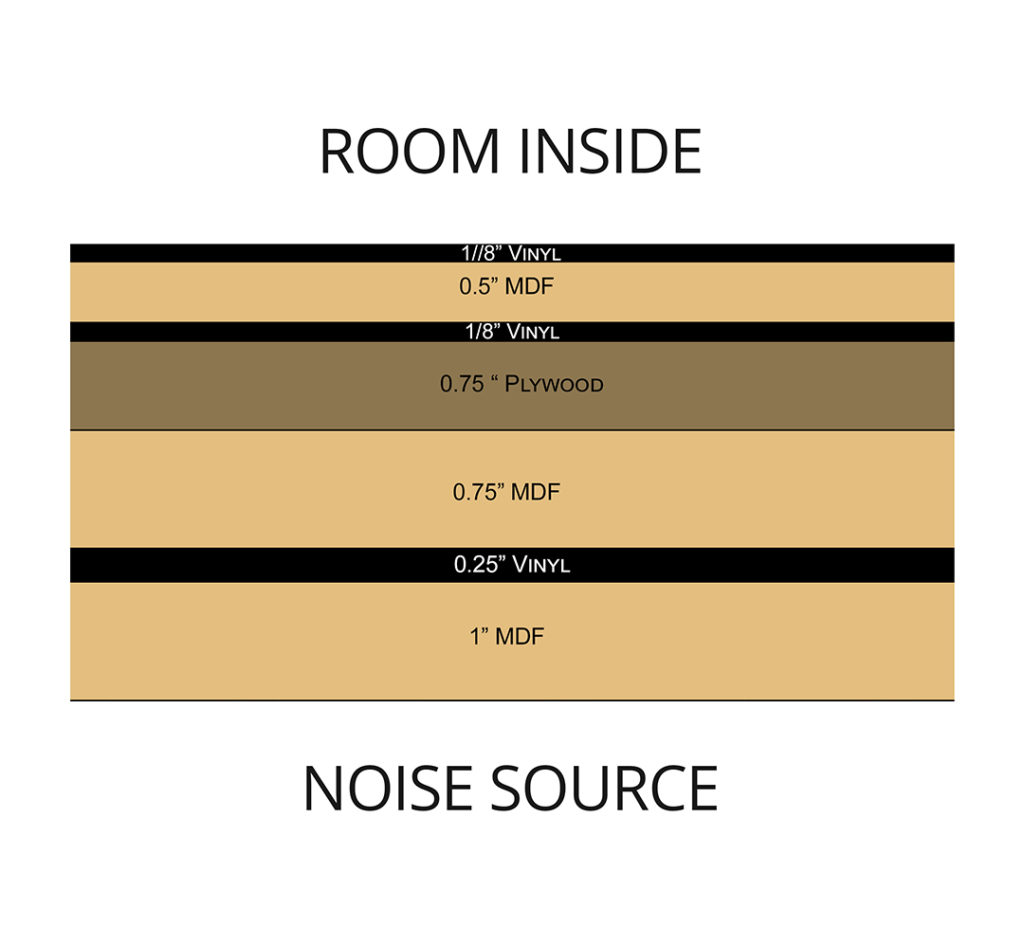
Avoiding Guesswork
Every material type, its thickness, its density, and manner of construction must be based upon the noise numbers. Every barrier design with noise less than 125 hz. is much different in materials used along with the construction methodology than the barrier design for noise greater than 125 hz. This is one reason why all noise issues must first be measured.
If you do not have noise numbers to begin the process with, you are just guessing. Guessing with noise can be both expensive and time consuming. If you guess wrong and build something that does not stop enough of the right frequency range of the noise, you may have to demo it and start over again with new materials and design.


